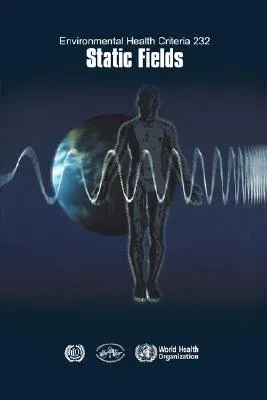This book examines the health effects of exposure to static electric and
magnetic fields found in selected industries, such as medical facilities
with magnetic resonance imaging (MRI), high-energy physics research
facilities and some transportation systems. To date, research on their
health effects lags far behind the rapid advances in technology.
Electric and magnetic fields are generated by natural phenomena such as
the Earth's magnetic field, thunderstorms, and by man-made sources that
use electricity. When such fields do not vary with time they are
referred to as static.
For static electric fields, studies carried out to date suggest that the
main effect is discomfort from electric discharges to the body. For
static magnetic fields, acute effects are only likely to occur when
there is movement of a person in the field. For example, a person moving
within a relatively high field can experience sensations of vertigo and
nausea, and sometimes a metallic taste in the mouth and perceptions of
light flashes. Although only temporary, such effects may have a safety
impact for workers executing delicate procedures, e.g. surgeons
performing operations within MRI units.
Even when at rest, a person will experience internal body movement, such
as blood flow or heart beat. When placed within a high magnetic field,
electrical fields and currents are generated around the heart and major
blood vessels that can impede the flow of blood. Possible effects range
from minor changes in heartbeat to an increase in the risk of abnormal
heart rhythms that might be life threatening.

